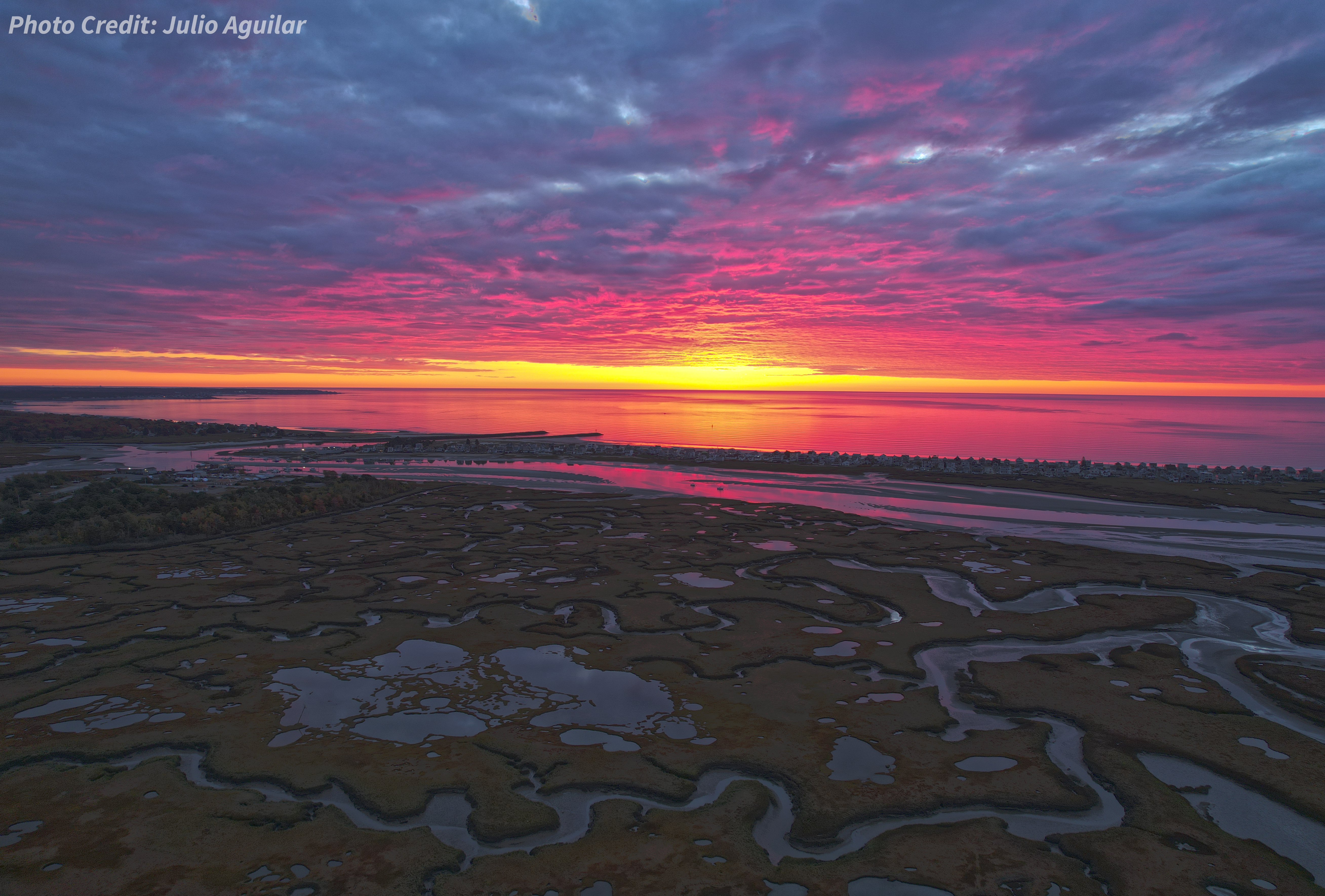States / Maine
Maine
Coastal Management
The focus is on managing coastal areas to increase resilience, with an emphasis on balancing environmental, economic, and human wellbeing. Mandated by the Coastal Zone Management Act, the two federal programs designed for this task are the National Coastal Zone Management Program and the National Estuarine Research Reserve System. Programs are administered, on the federal side, by NOAA’s Office for Coastal Management, in partnership with the coastal states.

State Programs
Coastal Zone Management
Maine Coastal Program. Established in 1978, the program is led by the Maine Department of Agriculture, Conservation, and Forestry. The coastal management program consists of four state agencies working in cooperation with local governments, nonprofit organizations, private businesses, and the public to improve management of coastal resources. Maine’s coastal zone extends to the inland boundary of all towns bordering tidal waters and includes all coastal islands.
National Estuarine Research Reserves
Wells National Estuarine Research Reserve. Designated in 1984 and protecting 2,250 acres, this fully solar-powered reserve is located in Wells, Maine. Reserve facilities are situated at historic Laudholm Farm, settled in 1642 and occupied by only four families over the ensuing 350 years. This reserve protects fields, forests, freshwater wetlands, salt marsh, and sandy beach on the densely populated southern coast of Maine. (See handout)
Impact Stories
Stories that showcase the recent work of this state's coastal management efforts.
- Research Reserves Deliver Dependable Data for Our Changing Coasts
- Developing Coastal Flooding Projections and Education Hub in Maine
- Resilient Maine: Local Adaptation and Resilience Actions at a Coastwide Scale
- Using Restored Tidal Flow to Combat Migratory Fish Decline and Increase Climate Resilience
- Planning for Resilient Restoration of Scarborough Marsh
- Habitat Restoration and Protection to Enhance Salt Marsh Resilience to Sea Level Rise in the Wells Research Reserve
- Supporting the Penobscot Nation's involvement in the Northeast Regional Ocean Council
- Northeast States Collaborate on Ocean Mapping Priorities, Garnering National Attention
- Maine Restores Sand Dunes with Reclaimed Trees
- Maine's CoastWise Approach for Climate-Resilient Tidal Crossings
- Coastal Habitat Resilience and Community Adaptation in Downeast Maine
- Wade into Estuary Recreation at a Research Reserve
- NOAA Helps Maine Communities Assess, and Expand, Working Waterfront Economy
Additional Resources
*Fast Fact Sources:
People: American Community Survey Five-Year Estimates
Beaches and Estuaries: Shoreline Mileage of the United States
Employment and Economy:
Marine Economy for the Coastal U.S. States
Marine Economy for the U.S. Territories